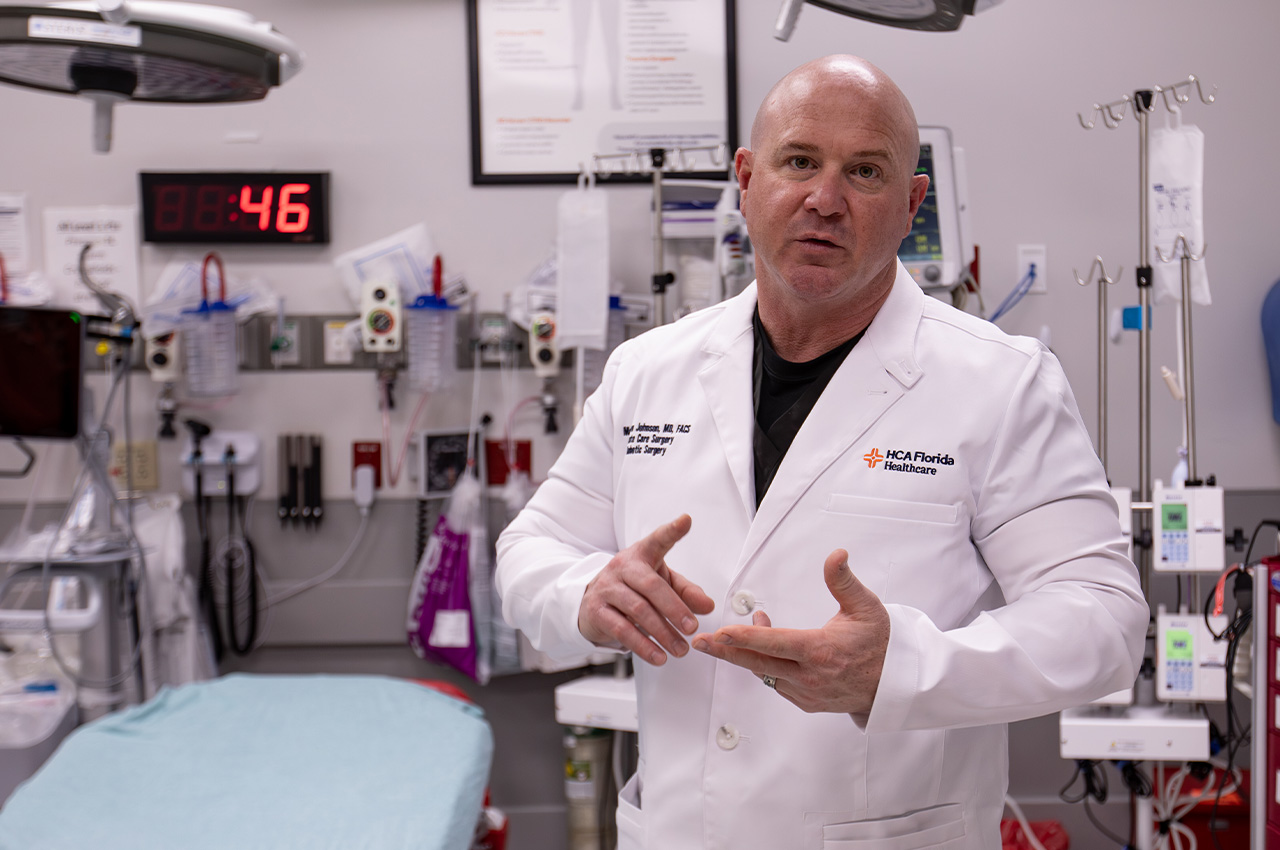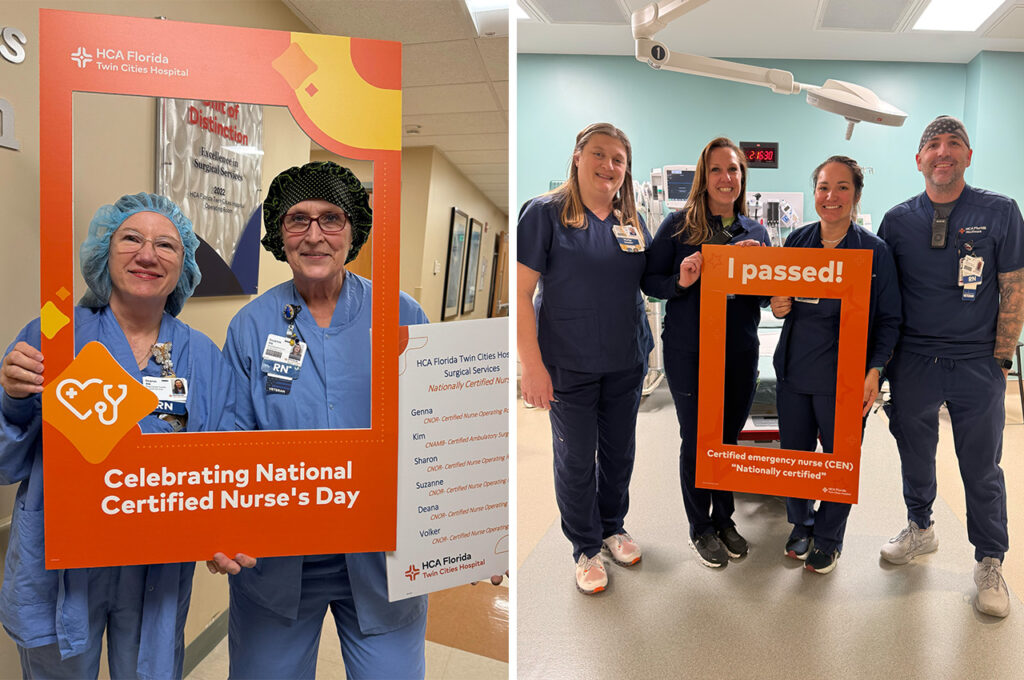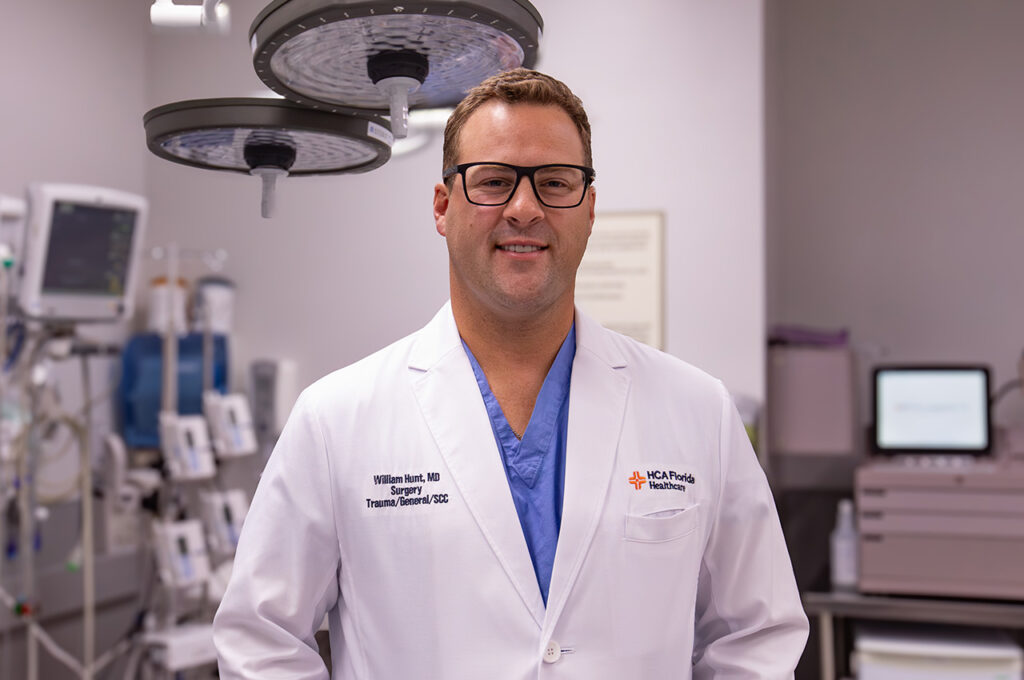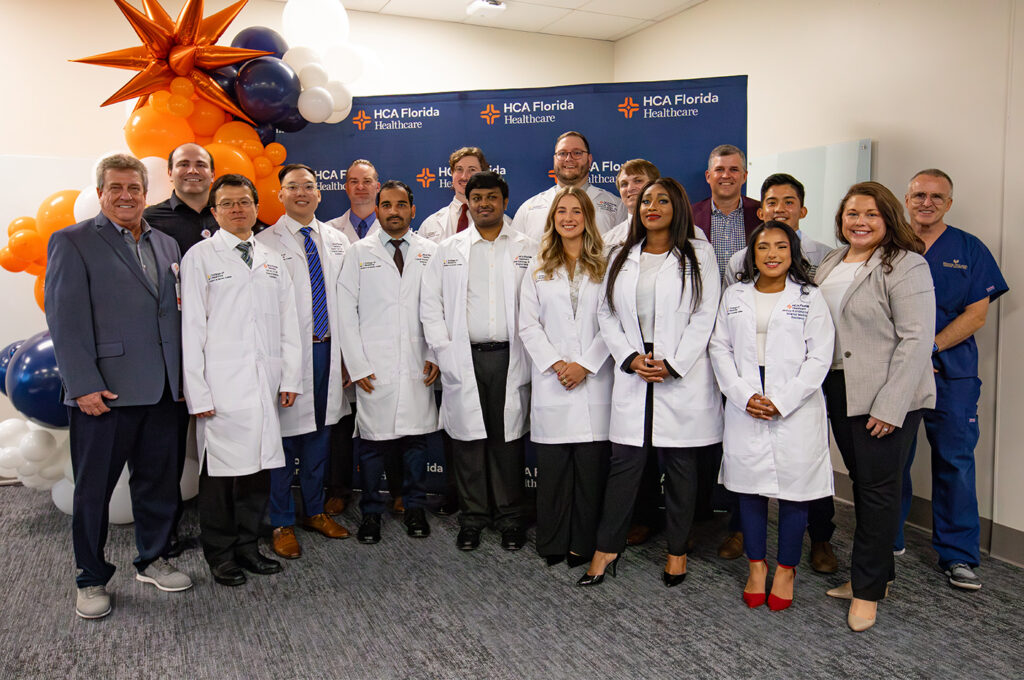As tourists flock to the beaches and waterways of Destin-Fort Walton Beach for spring break, trauma medical staff in the local area highlight major safety concerns they see every season.
Dr. Matthew Johnson, medical director of the trauma center at HCA Florida Fort Walton-Destin Hospital, said one of the most common causes of spinal cord injuries they treat is from individuals diving off boats into the shallow waters around Crab Island in Destin.
- “The water is so shallow at Crab Island but we see cases where people will dive-in head first. We end up with a lot of quadriplegic patients,” Dr. Johnson said. “I implore people to think before they dive. The consequences are life changing.”

Beyond diving risks, Dr. Johnson warned that ignoring beach warning flags and swimming in rough Gulf waters with powerful rip currents leads to numerous drownings. He asked tourists to always check flag advisories and refrain from trying to swim across fast-moving currents, such as around the Destin bridge channel.
“The current there is very strong. We get many drowning victims when people jump off boats and try to make it to Crab Island, or try and swim from the beach near the Coast Guard Station,” he said. “You cannot fight that current, no matter how good of a swimmer you are. Same goes for rip currents.”
Overall, Dr. Johnson attributed many of the most serious spring break trauma cases to intoxication paired with reckless choices in the water. “Have fun but please think about your choices,” he advised. “A bad decision can ruin your life or end it.”
And sadly, in many cases each year, the trauma team at Fort Walton-Destin Hospital sees the after-effects of these accidents.
- “It’s heartbreaking for us as medical providers to watch,” he said. “I wish we could prevent it.”
Dr. Johnson described the emotional toll of dealing with paralyzed patients after their injury. Often, friends and family go home while the patient remains at a rehab facility. He says severe depression and trauma is common.
“We have to prescribe antidepressants because they can’t walk again or move their arms. It’s debilitating to watch,” he said. “These people came here to celebrate or enjoy a vacation. Now their life is radically altered.”
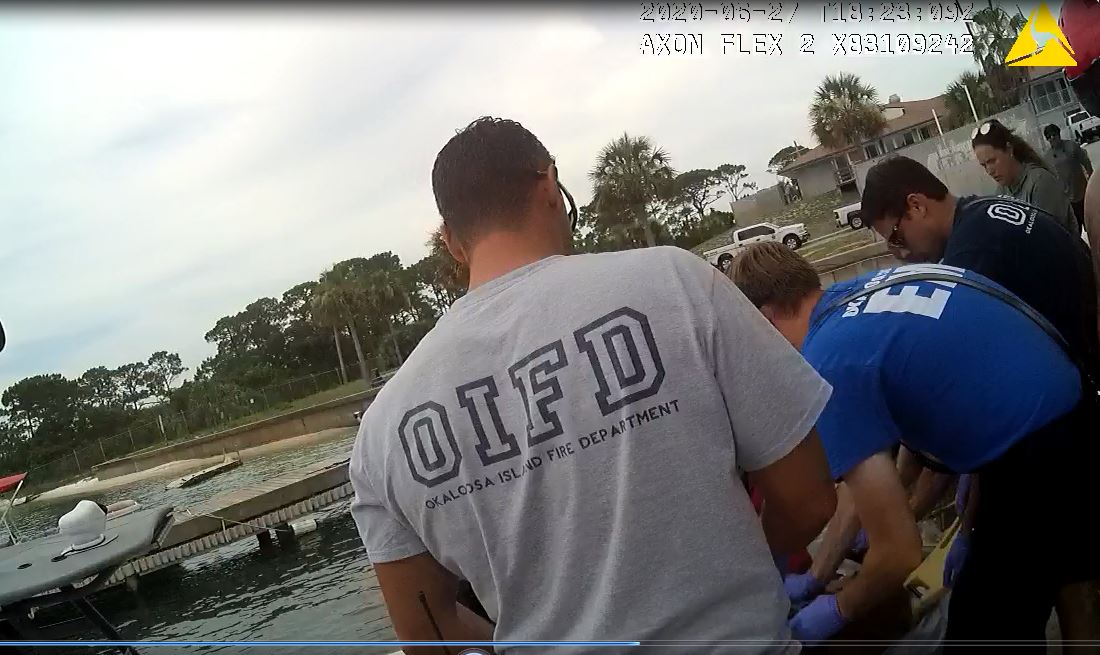
Randi Lippy, the hospital’s Trauma Outreach & Injury Prevention Coordinator, added that support for recovering trauma patients continues long after they leave the ER, especially through their Trauma Survivor Network program.
- “It’s so vital to support our patients after their journey,” she said. “Their journey doesn’t end at their acute phase of care. It continues on and the Trauma Survivor Network comes in and offers support beyond. It’s especially important for our tourist population.”
Lippy says that when a patient leaves, they have access to support groups for our patients through the program. There’s a virtual support group that’s offered once a month, along with a six week series called Next Steps.
By spotlighting the trauma injuries they see each year, hospital staff hope visitors (and locals) heed their warnings and make safety the top priority.
“I want people to make better and safer decisions when they’re on the water,” added Johnson. “If they could come here and experience what we experience on a daily basis during our busy season, they would definitely change their minds in terms of their actions and what they decide to do.”

